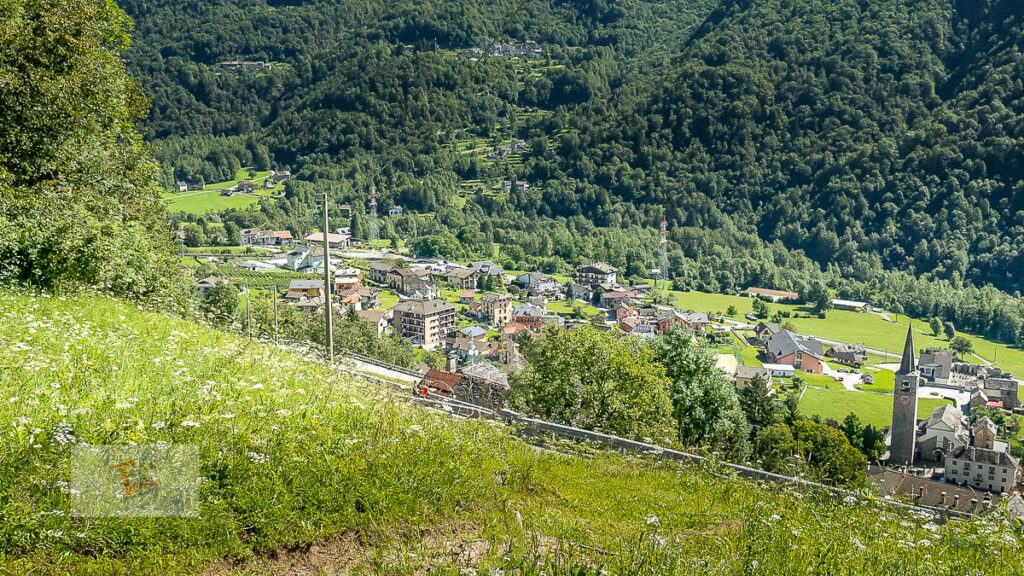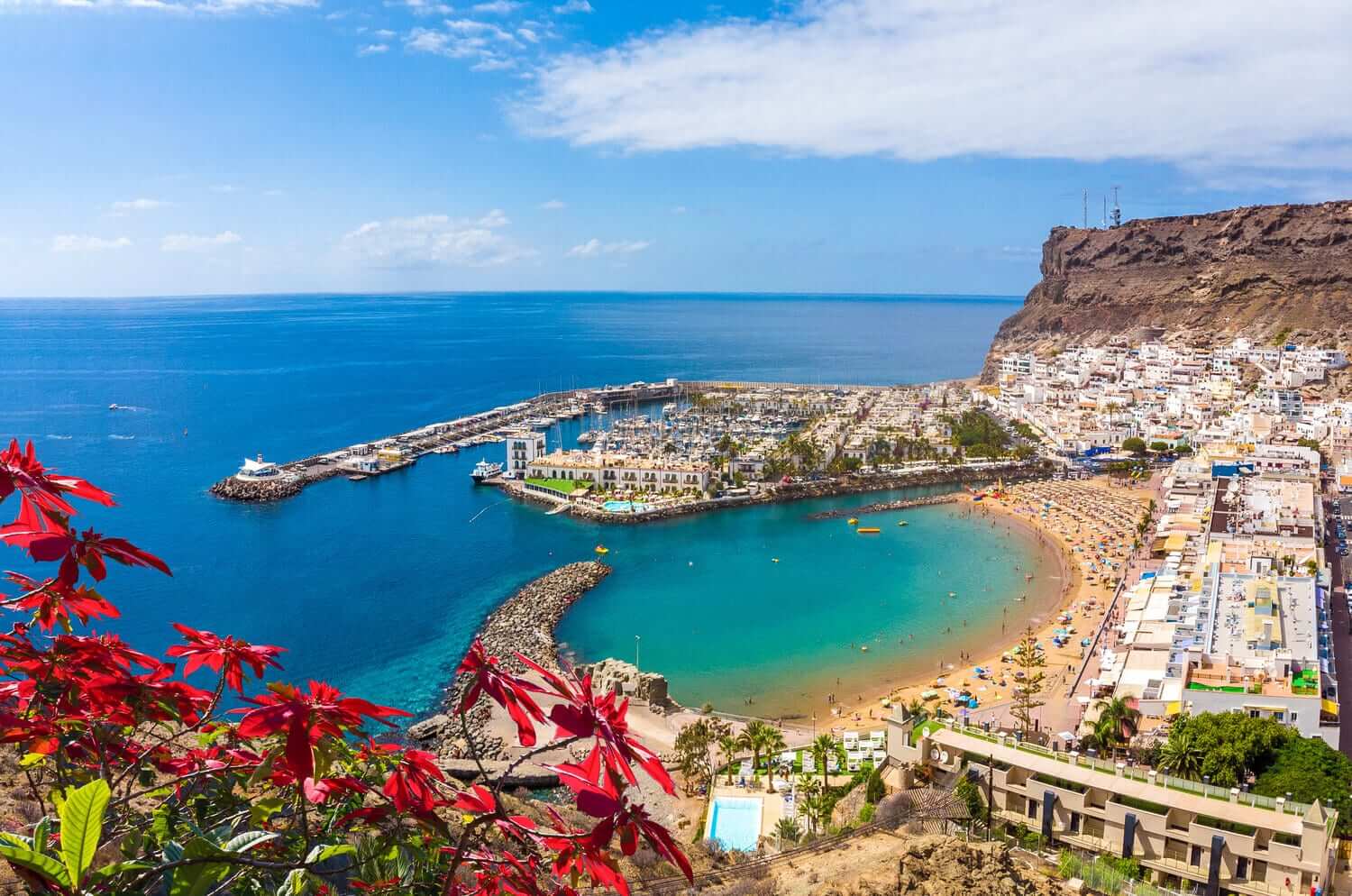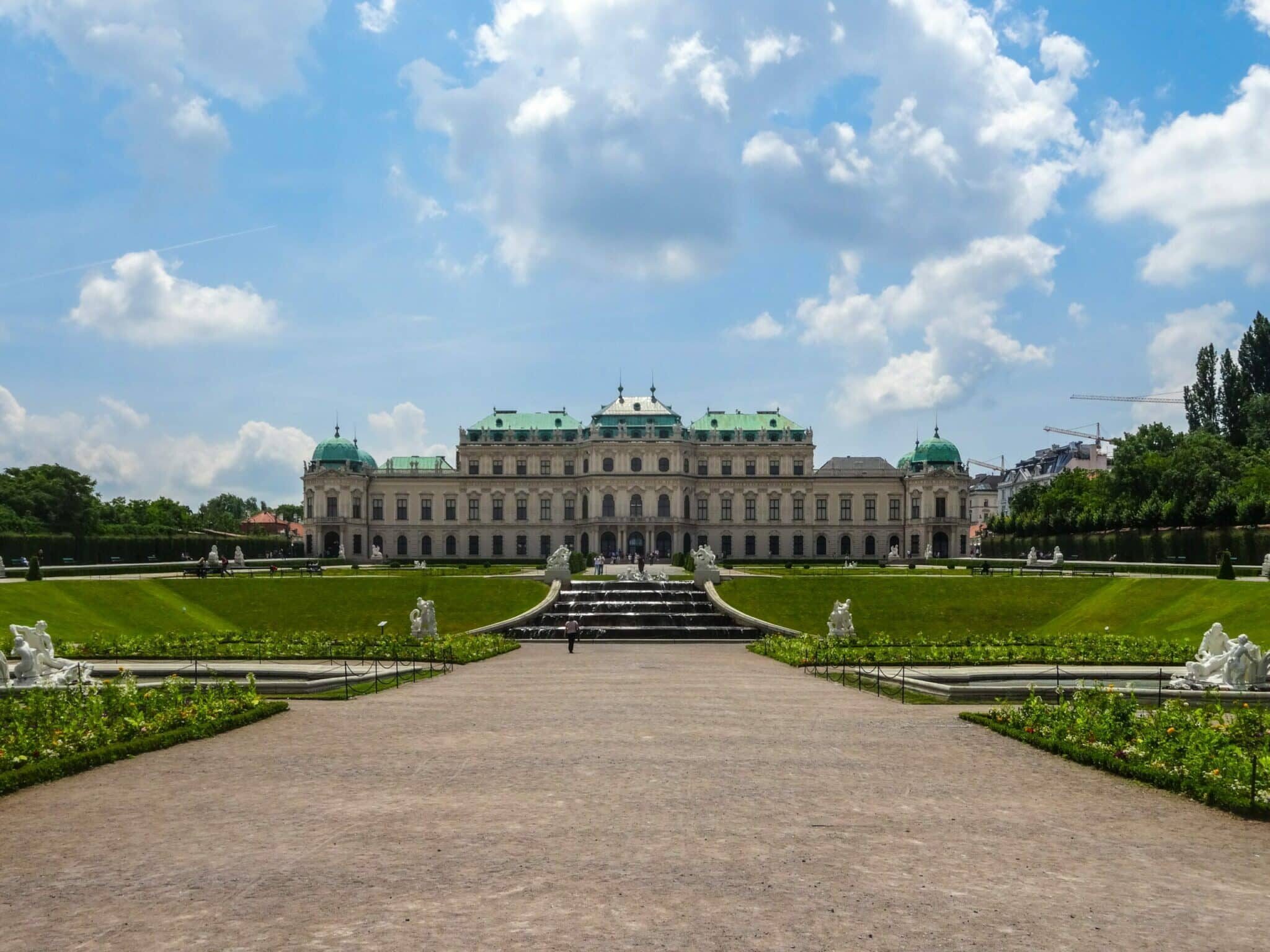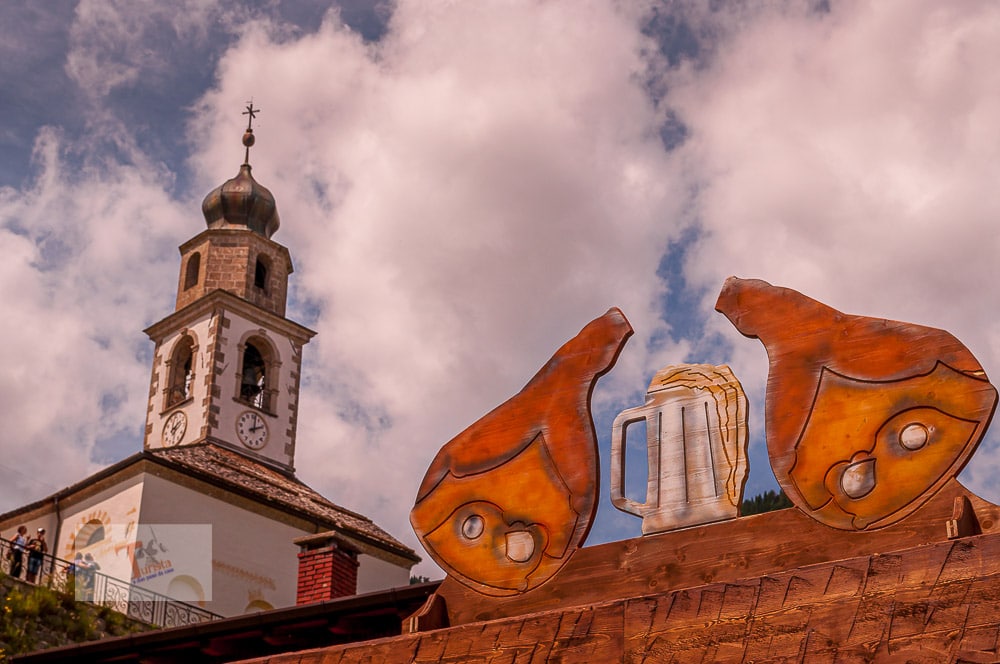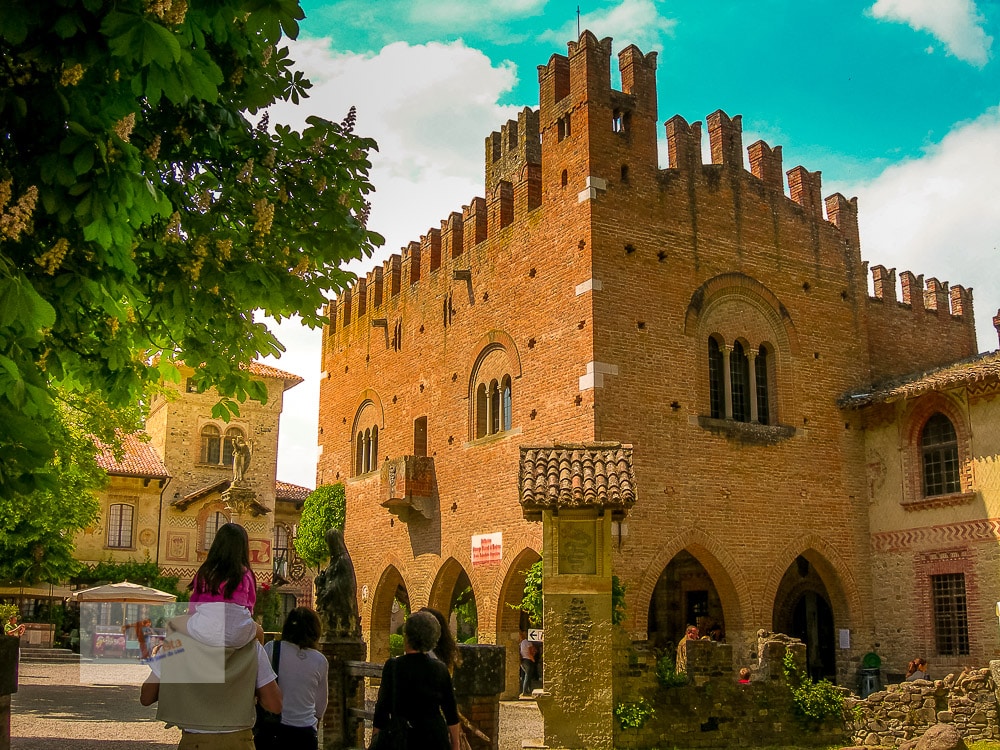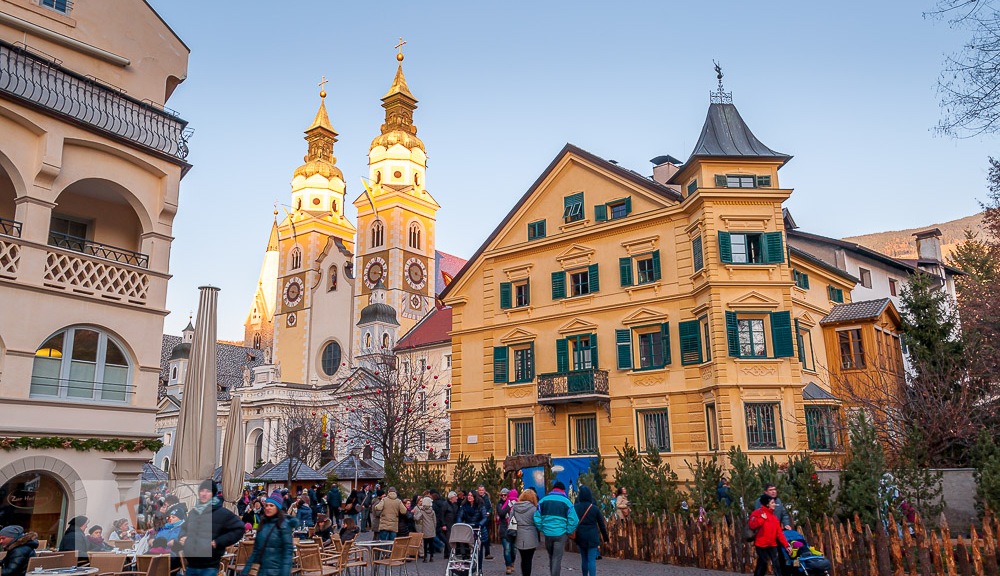A pleasant walk leads us to the discovery of Crodo and above all of its hamlets located along the sunny side that climbs towards the Cistella. We are in Val Formazza and Antigorio, in that Piedmont wedge that extends into Switzerland.
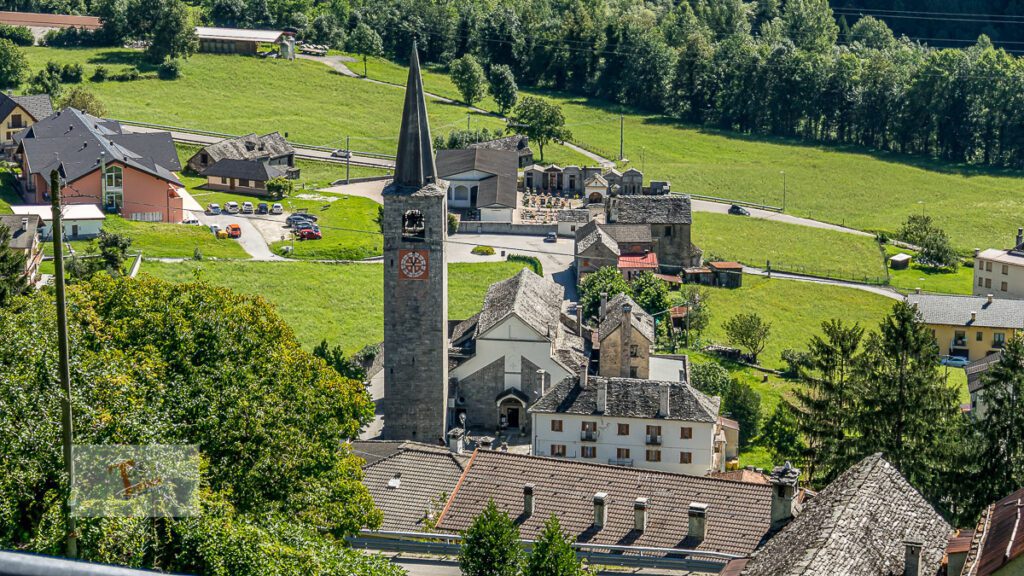
A long walk, if done on foot, or tiring if traveled by bicycle, or even pleasant by car, but in this case, all the natural nuances of the area are lost.
Crodo is best known for its mineral water and its world-famous non-alcoholic drink, of which the recipe is a secret. At the entrance to the village is the factory that bottles mineral water and the park of the Baths, which we can visit at a later time.
The starting point of our route is the Church of Santo Stefano, from which in a few minutes you can reach the old mule track that cuts the asphalt road that climbs towards Mozzio in several points. It is impossible to go wrong. The route is highlighted by signs.
First stage: Mozzio
Leaving Crodo and climbing the path we reach Roncola, we are at 670 meters above sea level. A handful of well-kept houses used more for holidays than for living. You pass in front of a small lake and before climbing towards Mozzio, with a small detour you reach the Sanctuary of the Madonna della Vita in Smeglio. It is a church dating back to 1614, inside which a copy of the fresco of the Madonna della Vita sent from Bologna is kept.
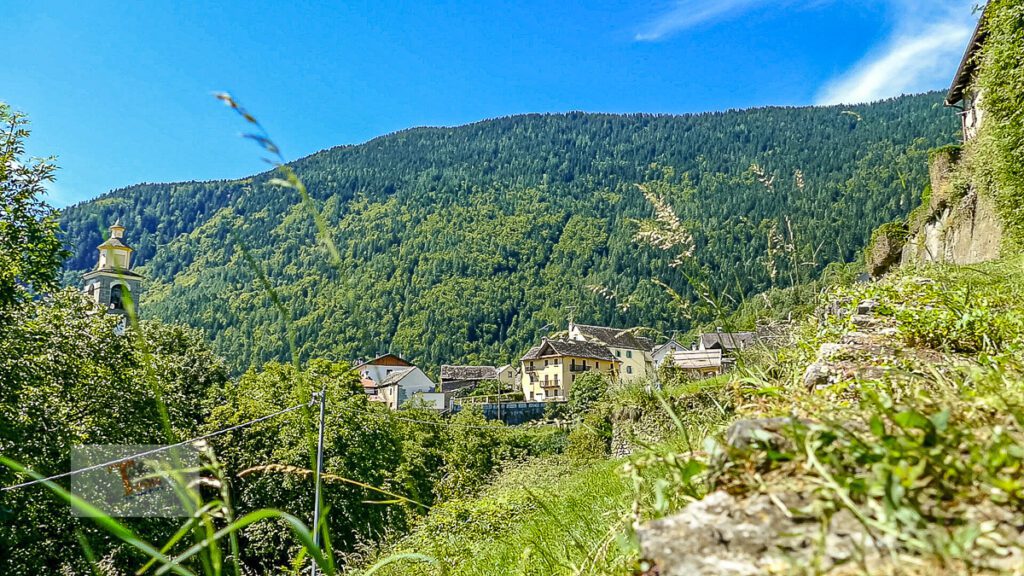
Reached, Mozzio we are at 830 meters above sea level, you walk in the oldest area of the village, where you can admire period houses, several of which built in local stone. Here stands the parish church of San Giacomo, dating back to 1628 and restored over the centuries. From here you can enjoy a beautiful view over part of the valley and the village.
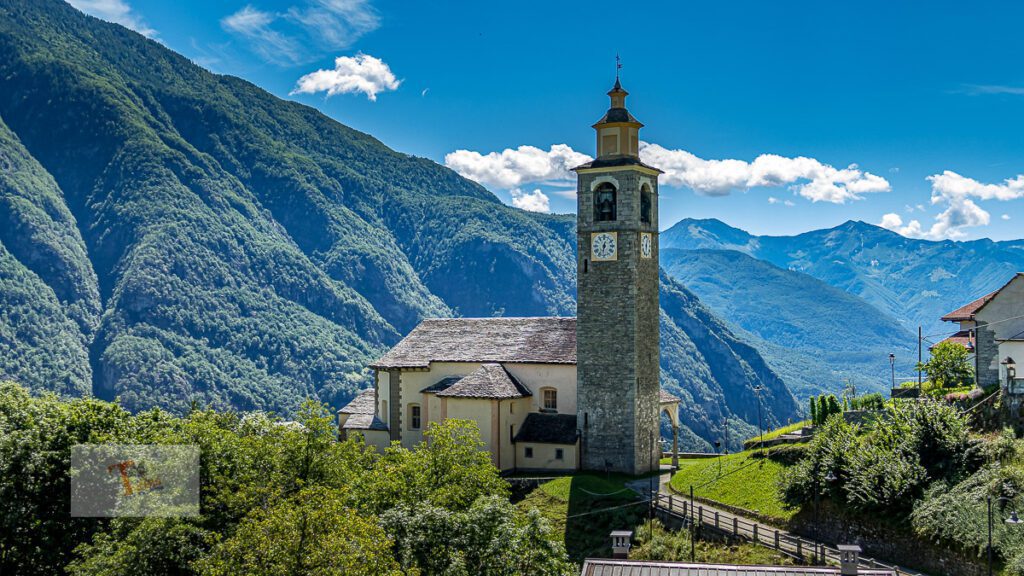
Second stage: Viceno
The arrival of the second stage is Viceno, which can be reached by following the paved road. This hamlet of Crodo immediately offers us the Church of San Rocco, a building dating back to 1623, built during the period of the plague. The church building was restored in 1987, while in 1907 the vault was rebuilt because it was unsafe.
Third stage: Cravegna
After crossing the small village, continue in the direction of Cravegna. Admiring the panorama you can see the numerous characteristic terraces of this area. Cravegna is located at 824 meters above sea level and is the largest of the hamlets of Crodo. In turn, it is divided into different nuclei: Campieno, Valle, Buttanego, Piazza, and Villa. The very interesting and characteristic ancient part of the village consisting of stone houses. Going down towards the Church of San Giulio you pass by Piazza Innocenzo IX, dedicated to Giovanni Antonio Facchinetti de Nuce who was born in Cravegna and was elected Pope on November 3, 1591, in one of the shortest pontificates in history: his reign lasted only two months.
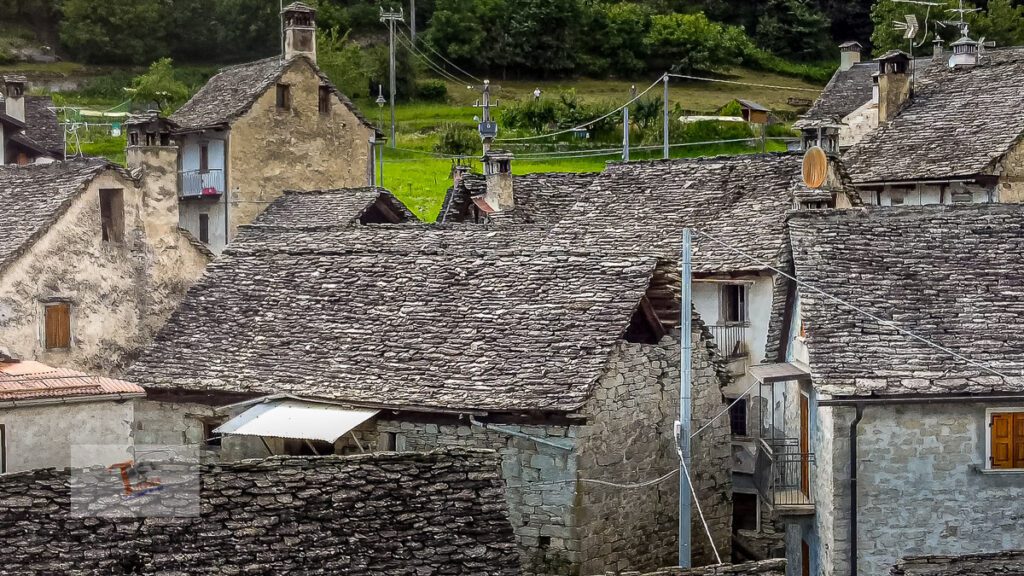
In the heart of the village is the small Oratory of Santa Croce, built by Innocenzo IX’s father, Antonio Nocerti, in 1539. The building has been restored and inside you can admire the ancient paintings depicting St. Francis with St. Petronio, which he is holding the model of the city of Bologna in his hand. Nocerti left the valley to emigrate to Bologna. It can be seen in the figure of the devoted donor at the foot of S. Antonio Abate.
Church of San Giulio
According to the legend, the church of San Giulio was the first of the hundred churches that the saints Santi Giulio and Giuliano built in Ossola.
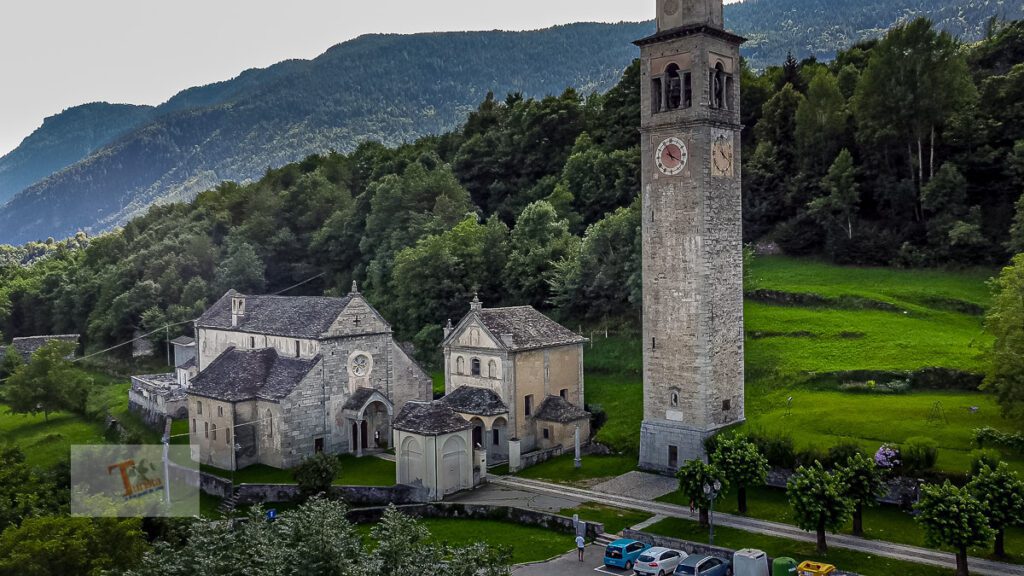
The façade recalls that of the nearby monumental church of San Gaudenzio in Baceno, while the interior has three naves. On the ceiling, several frescoes recall the life of Pope Innocent IX. In the left aisle, you can admire a fresco of the Madonna with the child which in ancient times decorated the facade of the Romanesque church. Miraculous events that took place in 1492 are attributed to the painting. The baptismal font in Crevola marble from 1564 is interesting.
Attached to the church is the oratory of San Giovanni Battista. Built in the seventeenth century, it is located to the right of the churchyard and faces an ossuary built in the same period.
Fourth stage: Crodo
At the end of the visit to the Church of San Giulio, following the marked path, you will arrive at the small nucleus of Vinun. We are 808 meters above sea level. Here the terraces suggest that once the vines were cultivated. Then go down to Fariolo and always following the mule track you pass Navasco and go down to the bridge that crosses the Alfenza stream.
To arrive after a few minutes at the starting point, following the road that passes alongside the ruins of the Oratory of S. Eustachio.
In terms of time, the walk takes about four hours. Much less if you approach it by car, but in this case from Cravegna you have to continue on your way that leads to Baceno and then return to Crodo following the main road.
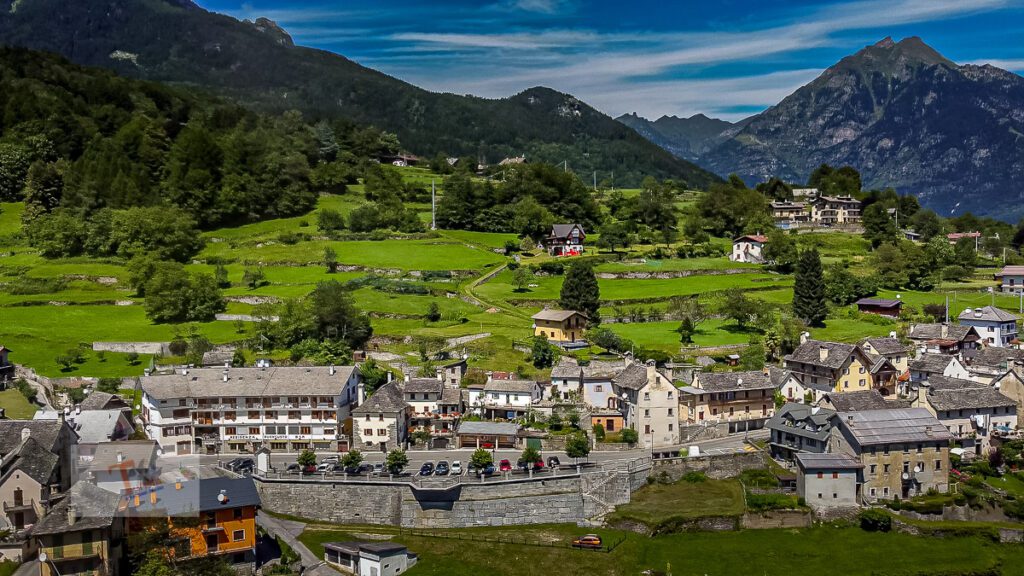
The typical cuisine
The typical cuisine of this area is based on local cheeses such as Bettlematt, a semi-cooked paste with a particular aroma and Toma, a Dop, with an aromatic flavor. Among the first courses, the Prata Hapfla, prepared with potatoes, onions, and cheese. And then the bread, which is often still produced here in the old wood-burning ovens.
If you want to see my video on this tour:
[embedyt] https://www.youtube.com/watch?v=cqsOHA-ZLx8[/embedyt]
How do I get to Crodo?
Crodo can be reached by car from Turin and Milan, on the A4 motorway to the A26 motorway junction towards Sempione Confine di Stato, in Gravellona Toce continue on the freeway to the destination.

